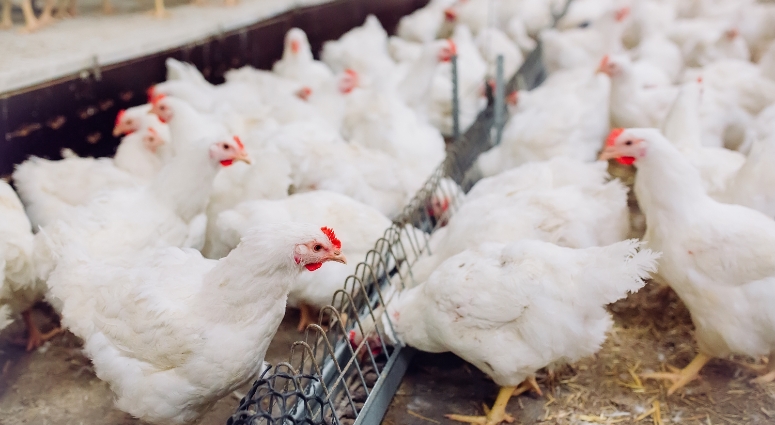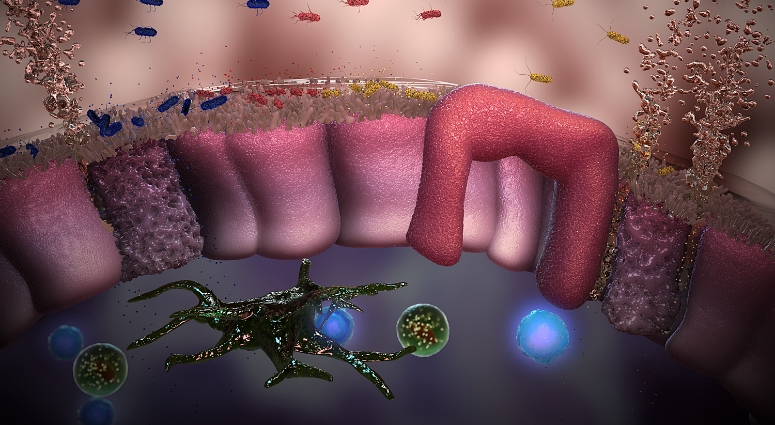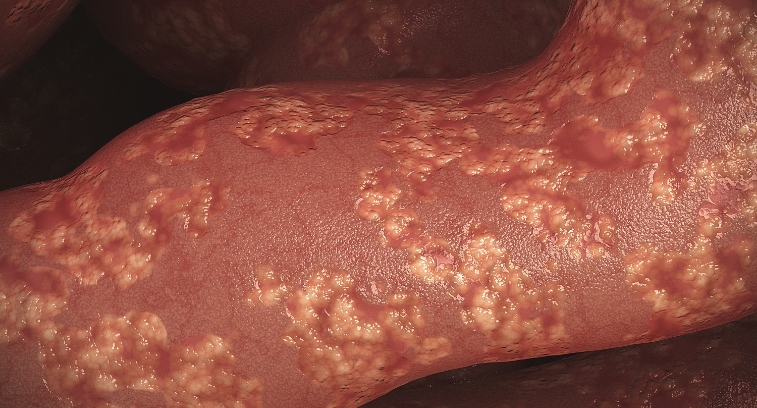
The fast onset of necrotic enteritis and the devastating production losses it can inflict make it one of the most challenging and economically significant diseases for the poultry industry.
What Is Necrotic Enteritis?
Necrotic enteritis is caused by an overgrowth of Clostridium perfringens and production of its virulent exotoxins. Found throughout the poultry house and even within the bird’s normal microbiota, an overgrowth of Clostridium perfringens occurs when there are predisposing conditions (e.g., suppressed immune function, diet changes or intestinal pathophysiology). Clinical necrotic enteritis is associated with high mortality, while slow growth and reduced feed conversion are signs of subclinical disease.
Necrotic Enteritis Origins
Necrotic enteritis occurs due to a breakdown of the epithelium and mucus layer of the defensive intestinal barrier. The damaged intestinal wall impairs nutrient absorption and can allow toxins to enter the circulatory system. Coccidiosis, caused by Eimeria species, can increase the incidence of necrotic enteritis since Eimeria also damage intestinal cells.
Powerful C. perfringens Toxins
The virulence of C. perfringens is mostly related to its ability to produce potent toxins. Two exotoxins in particular — alpha-toxin and necrotic enteritis B-like toxin (NetB) — have critical roles in the development of necrotic enteritis.


